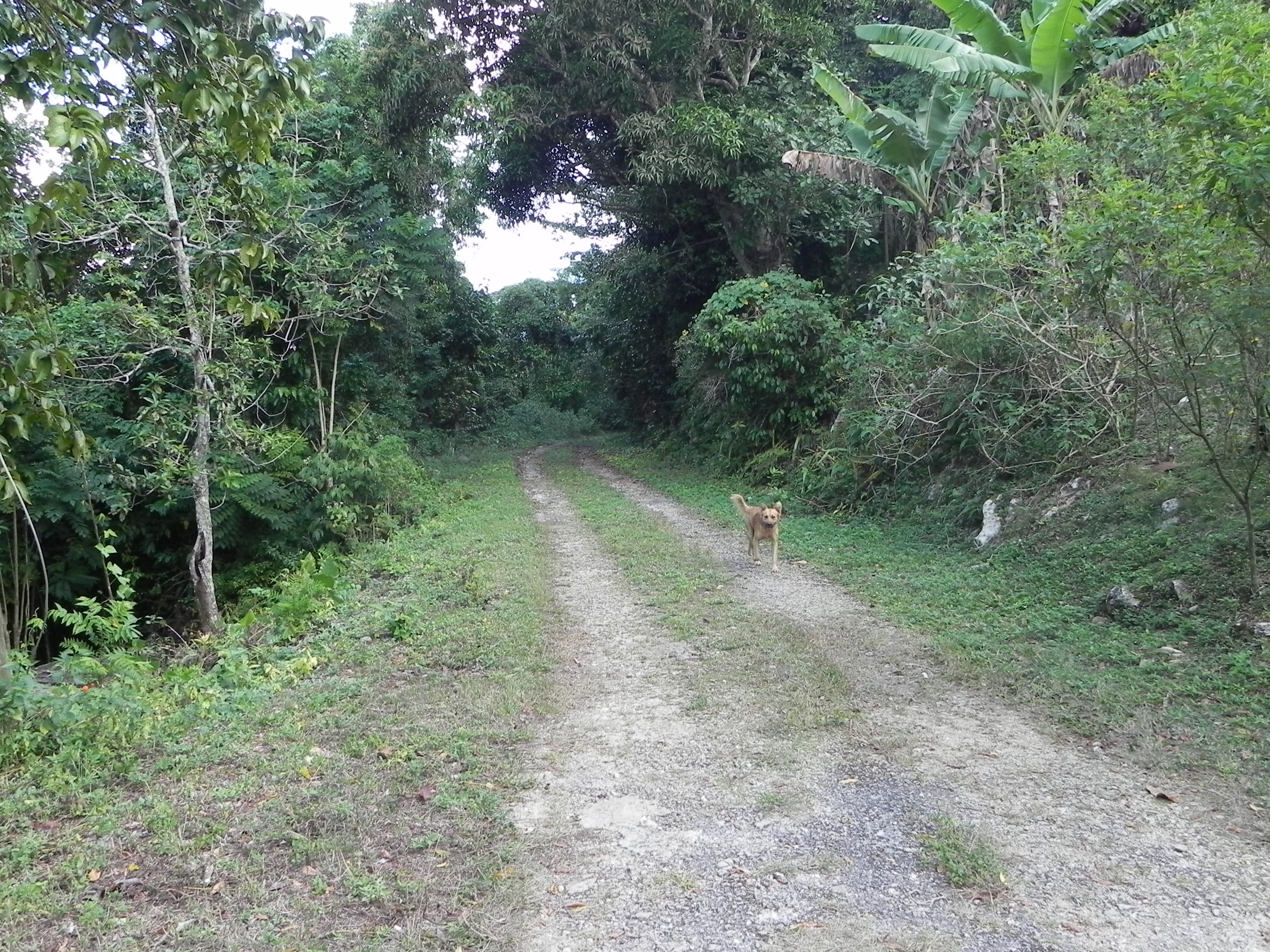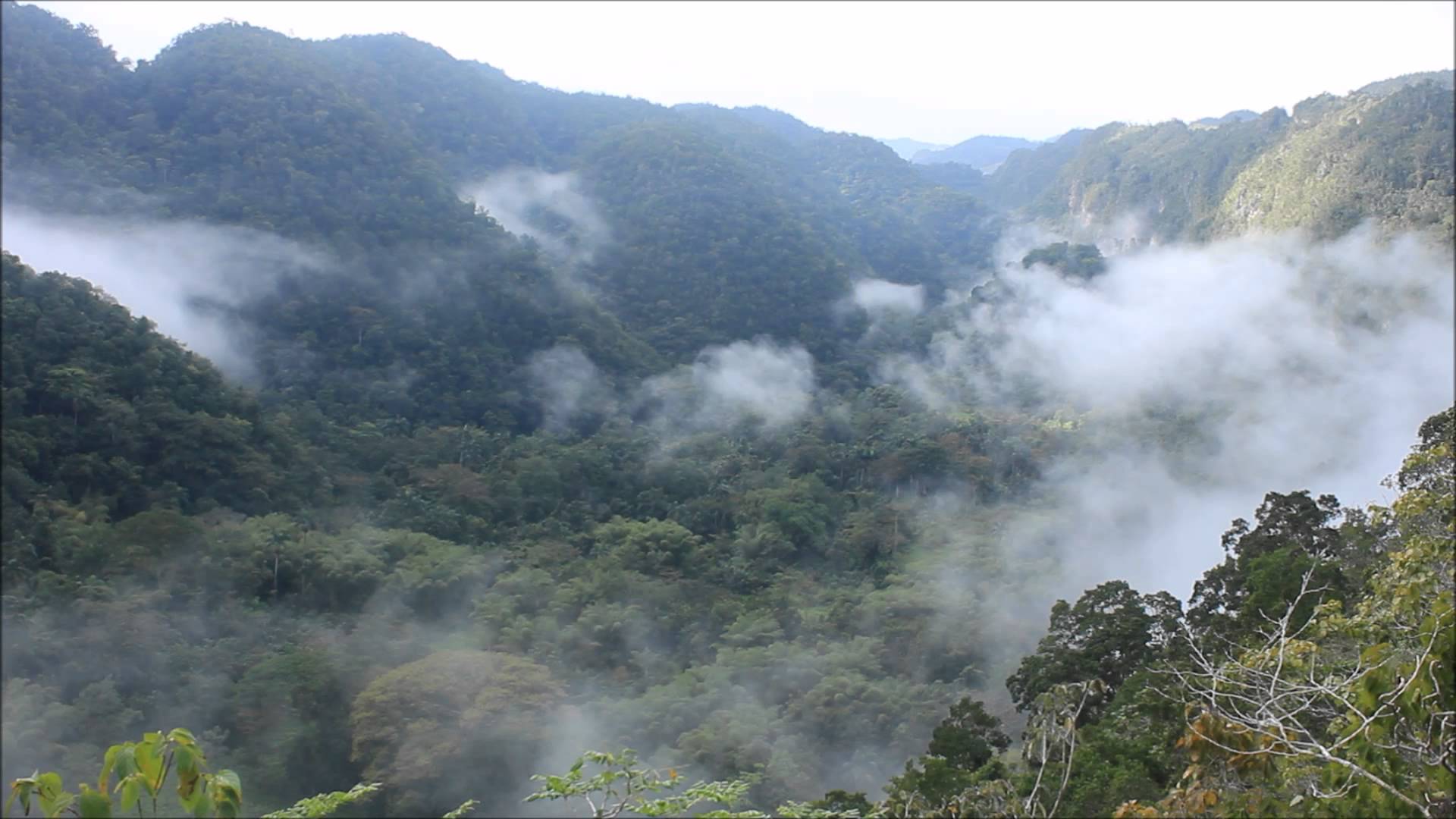
This research involves many original methods used to describe the landscape and landforms of the Cockpit Country of Jamaica as well as adapting techniques used in other branches of geomorphology, landscape ecology, and mineral exploration.

Morphometric analysis of karst terrain has been going on since the 1970s, although the use of sophisticated computer-based techniques has not been rigorously applied to karst areas. Additionally, virtual reality scenes were also created to represent the landscape in a photorealistic manner that furnished perspectives of the landscape that would be unavailable from the ground. IKONOS satellite imagery of part of Cockpit Country was draped on a triangulated irregular network (TIN) representation of the terrain to provide photorealistic depictions of the study areas that were useful both before and after fieldwork.ĭigital terrain analyses, ranging from geostatistical investigation of the variography of the terrain to analysis of the scaling properties of karsts, as well as digital landform analysis involving the automatic delineation of karst features, were all conducted using GIS. Such detailed morphometric investigations would provide information about how such landscapes evolved and the factors that control their development.

GIS was used to conduct a comprehensive morphometric survey of the landscape and its features to unambiguously characterize the nature of cockpit karst in its type area and compare these landscapes with noncockpit karst areas as well as distinctly nonkarst areas from other parts of the planet. With its deep karst depressions surrounded by residual hills, the Jamaican Cockpit Country is the type area for the cockpit variety of karst landscape. Its rugged terrain has limited human incursions and helped preserve the area's biodiversity.

The area's thousands of depressions, caused by the erosion of limestone, were thought to resemble cockfighting arenas of 17th century England. He is working in a unique region in the interior of western Jamaica called Cockpit Country. Exploring the Karst Landscape of Cockpit Countryīy Parris Lyew-Ayee, School of Geography and the Environment, University of OxfordĮditor's note: Parris Lyew-Ayee, a doctoral student in the School of Geography and the Environment, University of Oxford, United Kingdom, is using GIS in his study of karst geomorphology not only as a research tool but also to manage and optimize his fieldwork.


 0 kommentar(er)
0 kommentar(er)
